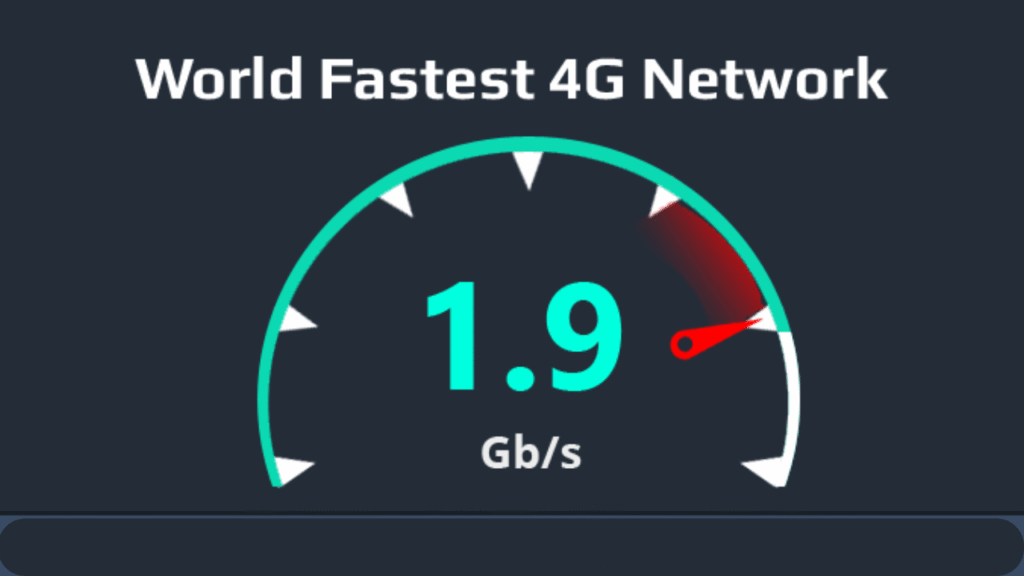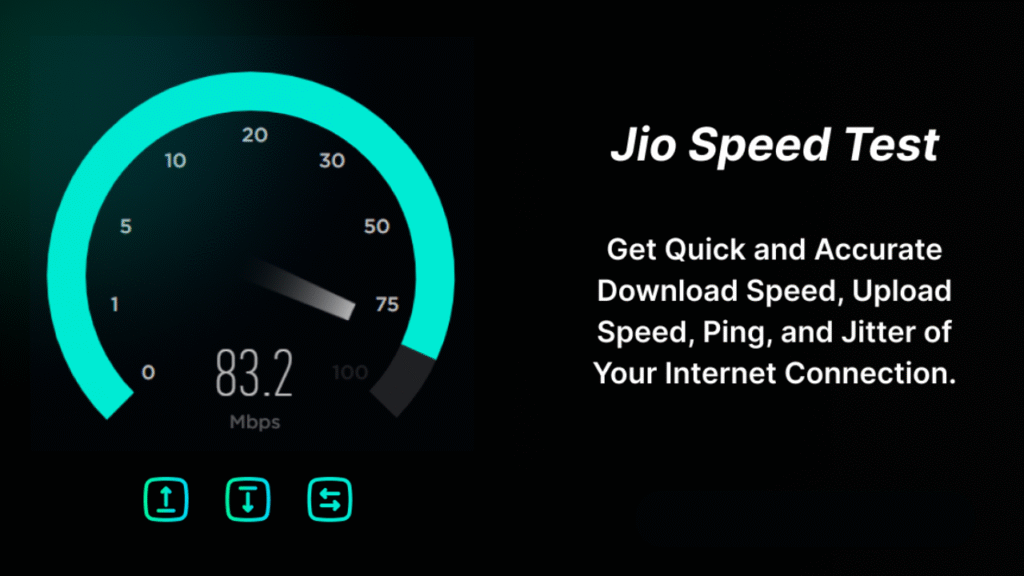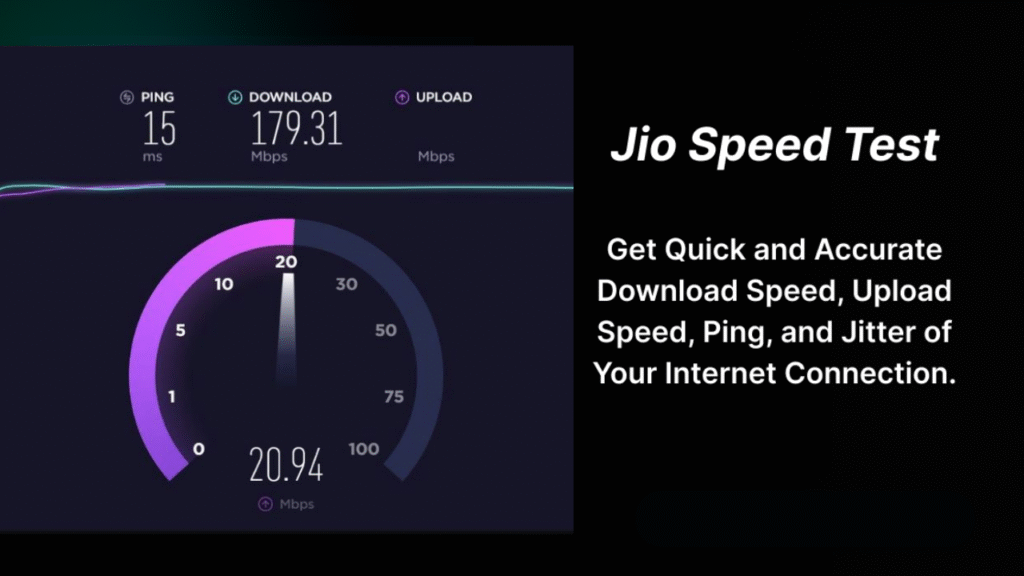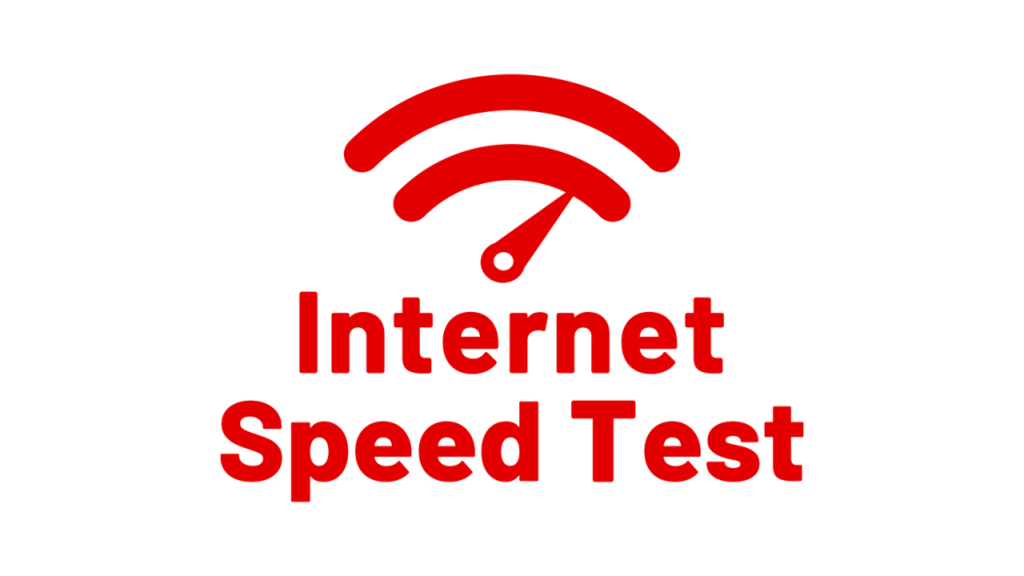Ever wondered why your YouTube video is buffering or your Instagram feed is taking forever to load, even though you’re on a 4G network? You’re not alone. While 4G is widely promoted as “fast internet,” real-life speeds can vary dramatically. In this detailed guide, we’ll walk you through how to check your 4G speed accurately, what the results actually mean, and how to improve your mobile data performance.
Whether you’re using Jio, Airtel, Vi, or BSNL, this guide will help you understand your 4G connection like a pro.

Why Should You Check Your 4G Speed?
Before we dive into the “how,” let’s talk about the “why.”
Real-Life Example:
Rohit, a college student in Delhi, noticed his Zoom classes kept disconnecting. He was on a 4G plan that promised “high-speed internet.” But reality was different. When he checked his speed using a simple mobile app, he found his download speed was just 1.2 Mbps — far below the 4G standard.
Key Reasons to Check 4G Speed:
- Diagnose slow internet issues
- Optimize video streaming and gaming
- Ensure you’re getting what you pay for
- Compare network performance in different locations
- Avoid data wastage by knowing your speed limits
What is Considered a Good 4G Speed?
4G LTE networks theoretically offer speeds up to 100 Mbps (download) and 50 Mbps (upload). But in real-world scenarios, a good 4G speed is:
- Download: 10–30 Mbps
- Upload: 5–10 Mbps
- Ping: < 60 ms for smooth video calls and gaming
Research Insight:
According to OpenSignal’s 2024 Mobile Network Experience Report, the average 4G download speed in India is 13.6 Mbps, with cities like Hyderabad and Bengaluru topping the charts.
How to Check Your 4G Speed: Step-by-Step
Method 1: Use Speed Test Apps
Popular Apps:
- Speedtest by Ookla (Android/iOS/Web)
- Fast.com (by Netflix)
- OpenSignal
- Meteor by Ookla
How to Do It:
- Download any of the above apps.
- Turn off Wi-Fi to ensure you’re testing mobile data only.
- Open the app and tap “Start Test” or “Go.”
- Wait for 15–30 seconds.
- Review download speed, upload speed, and latency.
Expert Tip:
Run the test at different times of the day. Network congestion during peak hours (7–10 PM) can affect results.
Method 2: Use Built-In Tools on Android/iPhone
Most modern smartphones allow users to view basic network info.
On Android:
- Go to Settings > About Phone > Status > SIM Status.
- You’ll see signal strength, network type (LTE/4G), and sometimes real-time data speed.
On iPhone:
- Dial
*3001#12345#*and hit call. - This opens Field Test Mode (iOS 14+).
- Navigate to LTE > Serving Cell Info to find metrics like RSRP and RSRQ.
Understanding LTE Terms:
- RSRP (Reference Signal Received Power): Measures signal strength. Ideal: -80 dBm to -90 dBm.
- RSRQ (Signal Quality): Measures interference. Higher values mean better quality.
Method 3: Use Online Speed Test Websites
If you prefer desktop testing or browser-based tools:
- Visit Speedtest.net
- Visit Jiotest.com
- Use Fast.com (great for video streaming optimization)
- Try TestMy.net for advanced analytics
These work best if you’re using your mobile device in hotspot mode or testing a dongle connection.
How to Interpret Speed Test Results
| Metric | Meaning | Good Value |
|---|---|---|
| Download | Speed to receive data (streaming, browsing) | 10–30 Mbps |
| Upload | Speed to send data (video calls, uploads) | 5–10 Mbps |
| Ping (Latency) | Delay in data transfer (gaming, calls) | < 60 ms |
| Jitter | Stability of connection | < 30 ms |
If your values fall below these, your experience will likely suffer.
Why Is My 4G Speed So Slow?
Let’s be honest — sometimes 4G feels more like 2G. Here are common reasons:
1. Network Congestion
Too many users on the same tower can slow down speed, especially in urban areas.
2. Poor Signal Strength
Being indoors or far from the nearest tower reduces signal quality.
3. Background Apps
Apps syncing or downloading updates can consume bandwidth quietly.
4. Data Throttling
Some plans throttle speed after a usage limit — check your data plan terms.
5. Physical Obstructions
Thick walls, metal roofs, or even trees can block mobile signals.
How to Improve Your 4G Speed
1. Move to a Better Location
Higher floors or open areas often have better signals.
2. Restart Your Phone
It resets network settings and clears temp data.
3. Switch to a Different Band
Some phones allow manual switching between LTE bands (Band 3, Band 40, etc.). Use apps like NetMonster to monitor and change bands.
4. Update Carrier Settings
Keep your carrier settings and firmware updated for optimal performance.
5. Try Airplane Mode Trick
Toggle airplane mode ON and then OFF. It forces the device to reconnect to a stronger signal tower.
Jio, Airtel, Vi, BSNL – Which is Fastest in 2025?
According to recent TRAI data (Q1 2025):
- Jio: Avg download speed – 17.6 Mbps
- Airtel: Avg download speed – 14.2 Mbps
- Vi: Avg download speed – 11.3 Mbps
- BSNL: Avg download speed – 4.5 Mbps
Expert Insight:
“No single operator wins everywhere. While Jio is fast in metros, Airtel often performs better in rural belts.”
— Rahul Soni, Telecom Analyst, TechRadar India
Real User Story: From Frustration to Fix
Priya, a graphic designer from Jaipur, faced slow uploads while sending client files via Google Drive. She discovered her 4G signal was weak indoors. A simple switch to her terrace improved her upload speed from 2 Mbps to 8 Mbps — instantly fixing the problem.
SEO Tips: How Knowing Your Speed Helps
If you’re a content creator, business owner, or just love posting Reels — a faster connection can mean:
- Better live streaming
- Faster backups to cloud
- Less lag during Zoom/Google Meet
- Efficient mobile SEO management
FAQs: Checking 4G Speed
1. How often should I check my 4G speed?
Check weekly or when you notice slower performance.
2. Does using a VPN affect 4G speed?
Yes. VPNs can reduce your speed by 10–30% depending on encryption and server load.
3. Which is better: Speedtest by Ookla or Fast.com?
Speedtest gives comprehensive data (ping, jitter), while Fast.com is great for Netflix and video-related performance.
Final Thoughts
Checking your 4G speed is the first step to taking control of your digital experience. Whether you’re working from home, streaming your favorite series, or gaming with friends — speed matters.
Don’t just rely on ads that claim “fastest 4G.” Run a test yourself. With tools like Speedtest, Fast.com, or even your phone’s built-in diagnostics, you’re always one tap away from knowing the truth.


